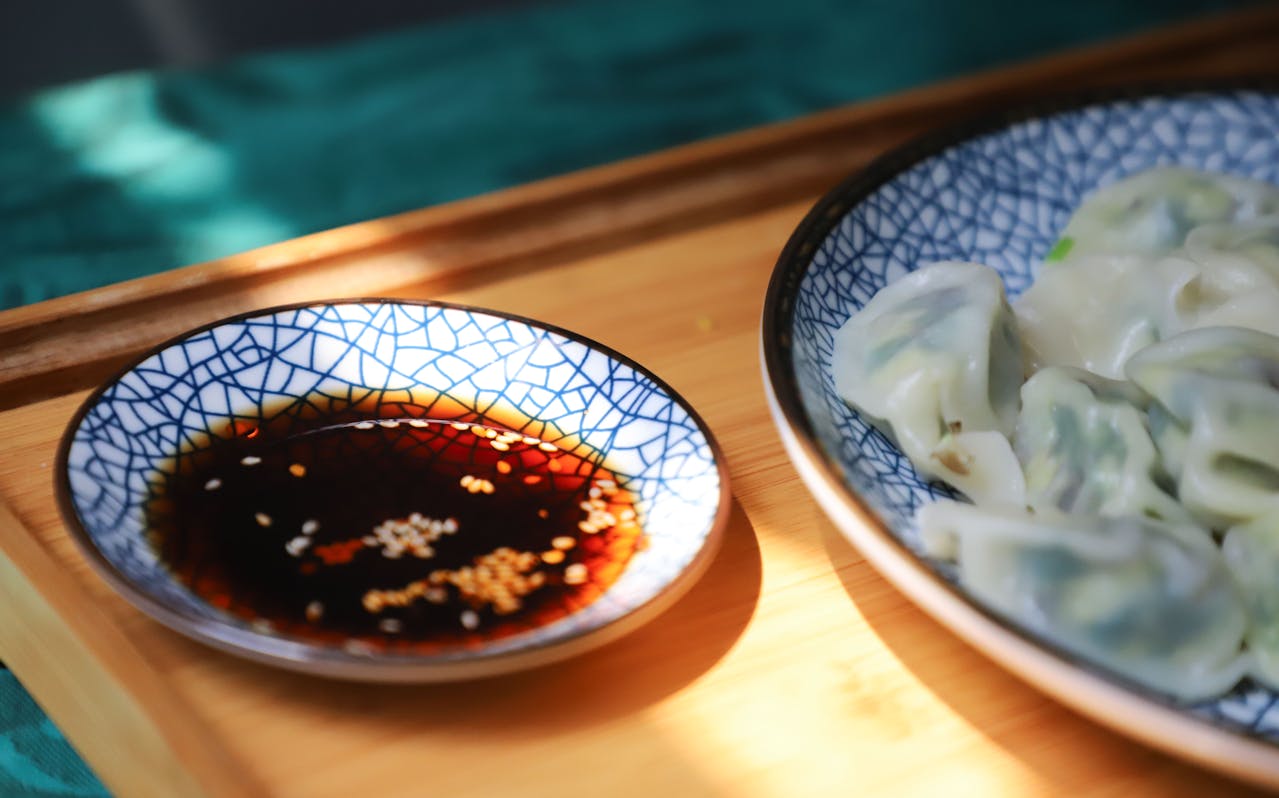Understanding Flavor Profiles: Sweet, Sour, Salty, Bitter, Umami
Our sense of taste is a remarkable gift, allowing us to enjoy a wide variety of foods and flavors. Understanding the five basic flavor profiles—sweet, sour, salty, bitter, and umami—can enhance your culinary experiences and help you become a more skilled cook or food enthusiast. Here’s a detailed look at each flavor profile, its characteristics, and how it influences our food.


Sweet
Characteristics: Sweetness is perhaps the most universally enjoyed flavor. It is often associated with pleasure and comfort. Sweet flavors are typically derived from sugars, such as glucose and fructose, and are naturally found in fruits, vegetables, honey, and dairy products.
Culinary Uses
Sweet flavors are not only found in desserts and candies but also play a crucial role in balancing and enhancing savory dishes. For example:
- Caramelized Onions: Adding a natural sweetness to savory dishes.
- Marinades and Glazes: Honey or brown sugar in barbecue sauces and glazes.
- Spices and Herbs: Sweet spices like cinnamon or cardamom in curries and stews.
Pairing Tips
Sweet flavors pair well with a variety of other tastes to create a balanced dish. Here are a few pairing tips:
- With Sour: Sweet and sour chicken, lemonade.
- With Salty: Salted caramel, prosciutto with melon.
- With Bitter: Dark chocolate with fruit, coffee with sugar.
- With Umami: Sweet soy sauce (teriyaki), sweet and savory Asian dishes.
Sour
Characteristics: Sourness is the taste of acidity, often providing a sharp, tangy sensation. It is detected by the presence of acids in foods, such as citric acid, acetic acid, and lactic acid.
Culinary Uses
Sour flavors add brightness and can cut through rich, fatty dishes, providing balance and enhancing other flavors. Examples include:
- Citrus Fruits: Lemons, limes, and oranges in dressings and marinades.
- Fermented Foods: Vinegar, pickles, and yogurt.
- Sour Ingredients: Tamarind in Indian cuisine, sumac in Middle Eastern dishes.
Pairing Tips
Sour flavors work well to balance out sweet, salty, and fatty components. Consider these combinations:
- With Sweet: Lemonade, sweet and sour sauces.
- With Salty: Salt and vinegar chips, feta cheese with lemon.
- With Bitter: Citrus zest in dark leafy greens.
- With Umami: Lime in soy-based sauces, yogurt with savory dishes.
Salty
Characteristics: Saltiness is a fundamental flavor that enhances the taste of food by increasing our perception of other flavors. It is primarily derived from sodium chloride.
Culinary Uses
Salt is essential for cooking, not only for its flavor but also for its role in preserving food and enhancing texture. It is used in:
- Seasoning: Sprinkled on dishes to heighten flavors.
- Brining: Used to tenderize and flavor meats.
- Baking: Enhancing the flavor of bread and pastries.
Pairing Tips
Salt enhances the natural flavors of ingredients and pairs well with all other taste profiles:
- With Sweet: Salted caramel, chocolate with sea salt.
- With Sour: Salt on margarita rims, capers in lemon sauces.
- With Bitter: Salt in bitter greens, salted coffee.
- With Umami: Soy sauce, anchovies in savory dishes.
Bitter
Characteristics: Bitterness is a complex and sometimes challenging flavor, often described as sharp and pungent. It is found in foods that contain alkaloids and other compounds.
Culinary Uses
While bitterness can be off-putting in large amounts, it adds depth and complexity when used correctly. Examples include:
- Dark Greens: Kale, arugula, and spinach.
- Coffee and Tea: Naturally bitter beverages.
- Cocoa and Chocolate: Especially dark varieties.
Pairing Tips
Balancing bitter flavors with other tastes can make them more palatable:
- With Sweet: Dark chocolate with sugar, bitter melon with honey.
- With Salty: Salted radicchio, bitter greens with parmesan.
- With Sour: Grapefruit with a sprinkle of salt and sugar.
- With Umami: Bitter greens with soy sauce, coffee-rubbed meats.
Umami
Characteristics: Umami, often described as savory or meaty, is the taste of glutamates and nucleotides. It provides a deep, rich flavor that enhances the overall taste experience.
Culinary Uses
Umami is present in a variety of foods and adds a satisfying depth to dishes. Examples include:
- Fermented Products: Soy sauce, miso, and fish sauce.
- Aged Cheeses: Parmesan, blue cheese.
- Proteins: Meats, mushrooms, and seafood.
Pairing Tips
Umami pairs well with all other flavors, creating rich and satisfying combinations:
- With Sweet: Teriyaki sauce, sweet and savory stir-fries.
- With Sour: Soy sauce with citrus, vinegar-based sauces.
- With Salty: Anchovies in Caesar dressing, cheese with cured meats.
- With Bitter: Umami-rich broths with bitter greens, mushrooms with dark leafy vegetables.


Understanding the five basic flavor profiles—sweet, sour, salty, bitter, and umami—can greatly enhance your culinary skills and appreciation of food. Each flavor plays a unique role in creating balanced and delicious dishes. By experimenting with different combinations and paying attention to how these flavors interact, you can elevate your cooking and enjoy a richer dining experience.












